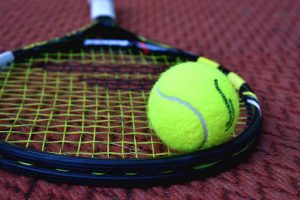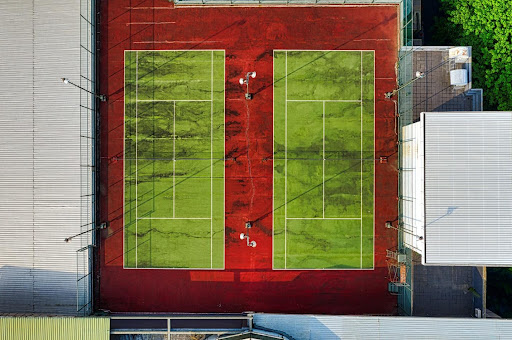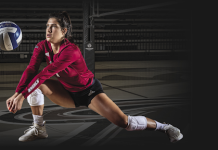When you decide to install artificial grass for a tennis court, you have many advantages to choose from. These include durability and longevity. Its average lifespan is ten years, and it can withstand more wear and tear than real grass. That means you can enjoy your tennis court for years to come, without worrying about heavy rain, snow, or constant UV rays.
Real grass
One of the four types of tennis courts is the turf court. Originally, the game was known as lawn tennis, and it was played on turf. Depending on the tournament, different types of turf are used on the court. However, one common element among all types of turf courts is their durability and appeal.
One of the benefits of turf courts is that they enable the ball to bounce more accurately and bounce low. This results in a faster game overall. It also allows a player’s slice and flat shots to be more effective.
This type of surface also helps big servers and good volleyers to perform their best. Because of the unique characteristics of turf, it is difficult to break a serve on turf courts. This has led to some of the longest matches in tennis.
A disadvantage of turf courts is the increased maintenance involved. Click the link: https://lawnlove.com/blog/take-care-lawn/ for more information on turf care. It is necessary to keep the turf mowed and trimmed regularly. Additionally, it takes a long time to dry out, which can make for a slippery surface. This is particularly problematic during evening play when the turf becomes dewy and slippery.

Synthetic clay
Synthetic clay arenas are similar to natural clay arenas, except that the pile is not as dense. The clay topping is red, which is supposed to mimic the texture of real clay. Because the clay is not as dense, it makes it easier to slide. This means that the clay arena will play slower and bounce lower than the natural clay arena. It is important to note that the clay surface is less durable than synthetic grass, so regular maintenance will be necessary.
Artificial clay arenas can be expensive and require a skilled groundskeeper. They will need to be re-kept regularly to avoid decomposition. While natural grass arenas are more durable, they require a more comprehensive maintenance schedule. The water used is also more expensive than natural grass and more time-consuming to care for.
The benefits of synthetic clay arena surfaces are many. The main advantage of synthetic clay arena surfaces is that they need less maintenance than natural grass. They are also more comfortable to play on, and there is a lower chance of injuries to the lower limbs.
Sand filled artificial grass
The advantages of sand-filled artificial grass are numerous. Sand keeps the grass fibers straight, and also helps prevent them from flattening out when walked on.
In addition to these advantages, the sand infill also provides drainage. If you’re thinking about installing a grass court tennis artificial on your home or tennis arena, there are a few things you need to know. This will help ensure that installation goes smoothly.
First, make sure the sand level is uniform. Brushing the arena surface at least once a week will help keep the infill even. Playing tennis on a surface with uneven infill will flatten the fibers, preventing them from forming a level surface for your players.
Sand-filled synthetic turf surfaces have been around for many years. They look great and provide good traction when wet. Despite their sturdiness, sand-filled synthetic turf requires a lot of maintenance. It needs frequent brushing, and its infill must be replaced periodically.
Depending on the density of the synthetic turf, sand-filled tennis arenas require different granulation. If you have a dense synthetic surface, you’ll want to use a smaller granulation, while a lower density surface can use larger granulation. The most common granulation for tennis arenas is two to three millimeters in diameter.
Other options
While the most common type of tennis arena surface is carpet, there are other options. Synthetic turf is available for a low-maintenance option that will support a high level of play. Click here for more information. Which type you choose depends on the site and climate conditions in your region.
Another option for tennis arenas is synthetic turf, which has its own unique advantages and disadvantages. Depending on your location and playing style, it may be the best option for your arena. Additionally, turf arenas tend to play faster, with a low ball bounce.
Unlike natural turf, synthetic turf is more affordable. The initial installation cost is considerably lower than the ongoing maintenance of natural turf. And, the life expectancy of artificial turf is much longer. You won’t have to worry about maintaining your arena as often, and you can save money in the long run. Another reason to go for synthetic turf is that it looks more natural.














